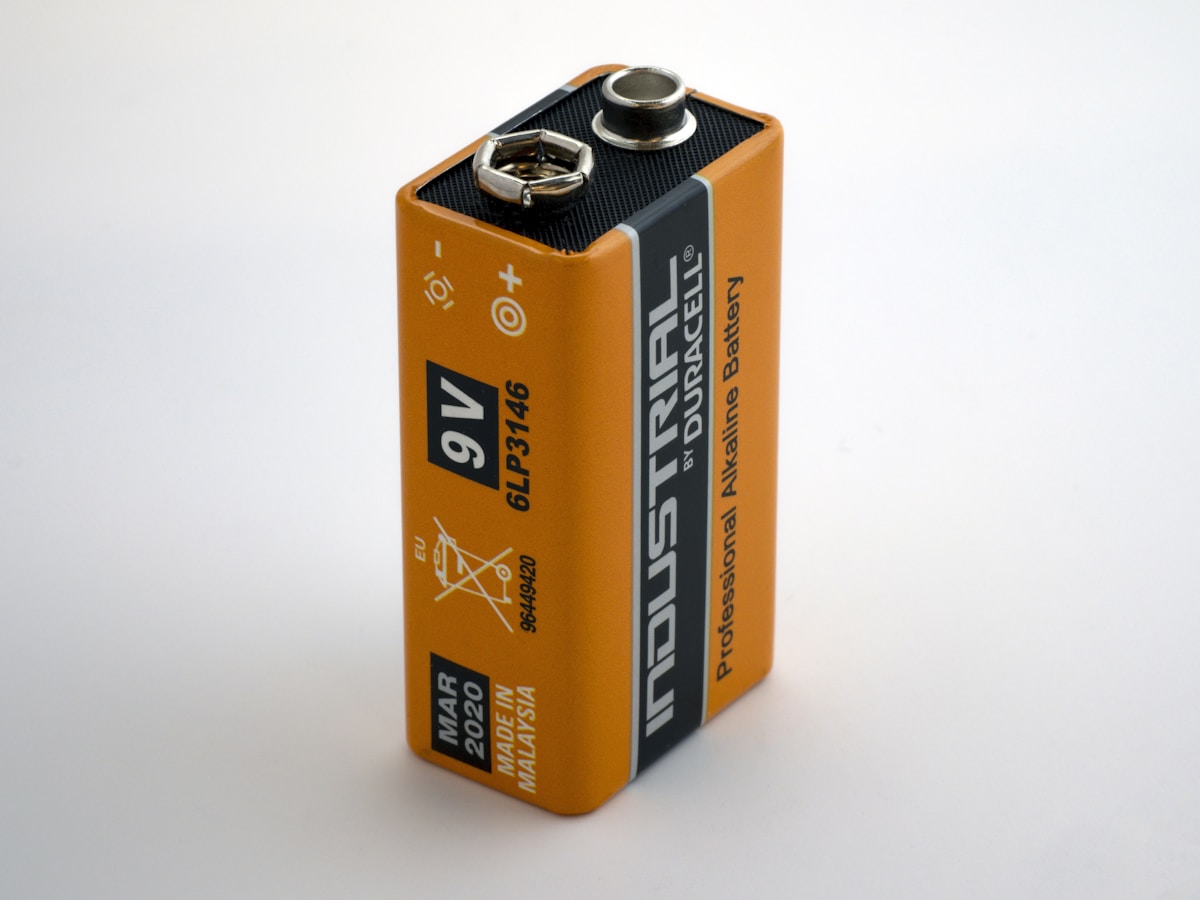Back to Industry News
Cleantech
Energy Storage Market Growth: Alternatives to Lithium-Ion Batteries
Summary generated with AI, editor-reviewed
Heartspace News Desk

Photo by Brett Jordan on Unsplash
Key takeaways
- Renewable energy demand drives expansion in energy storage, as reported on September 25, 2025
- Companies are actively developing alternatives to lithium-ion technology
- While lithium-ion batteries doubled global storage capacity by 2023, material constraints limit their use
Renewable energy demand drives expansion in energy storage, as reported on September 25, 2025. Companies are actively developing alternatives to lithium-ion technology. While lithium-ion batteries doubled global storage capacity by 2023, material constraints limit their use. Flow batteries offer scalable, long-duration storage solutions. Gravity-based systems generate power from stored kinetic energy. Thermal storage captures energy as heat for later use. Sodium-ion batteries emerge as a potentially safer, more abundant alternative, though some developers face funding hurdles. Experts project a tenfold market expansion by 2030, fueled by investment and government support in the U.S., Europe, and China. A hybrid approach, integrating multiple storage technologies, will likely improve energy security and facilitate the shift away from fossil fuels. The energy storage sector is seeing increased activity as companies seek to overcome the limitations of current battery technology and meet the growing need for reliable renewable energy integration.
Related Topics
energy storagelithium-ion batteriesflow batteriessodium-ion batteriesrenewable energythermal storage
Want coverage like this for your company?
Local & industry wins build trusted proof, SEO/geo signals and prime national editors.
Check fit (2 min)